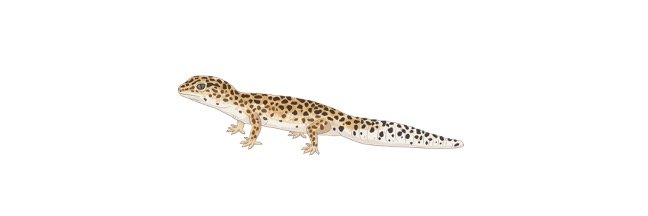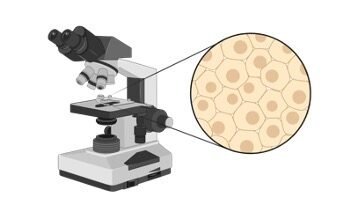Table of Contents
River Otter
River Otter is a carnivore mammal belongs to the genus Lontra and the order Carnivora. The species Lontra canadensis is the most abundant otter and is also known as Canadian otter or North American river otter.
These solitary otters have an average lifespan of 12 years and weigh up to 10 to 33 pounds. They can be usually found in North America in freshwater and marine habitats.
River Otter Description
On their lighter underside, they have grey or brown fur. Their short dense underfur is covered by coarse darker hair that helps to repel water. They have streamlined muscular bodies with short legs and webbed feet that have non-retractable claws.
They have long necks and small heads. Their tails comprise 40% of their body length and have muscular flattened tails. They are excellent swimmers as they have muscular tails and webbed feet that aid them to move swiftly through waters. They close their nostrils and ears before diving underwater.
They can stay up to 4 minutes underwater. They may live in pairs or maybe alone. They can extend their home range to be as large as 78 square kilometers but usually, they occupy much smaller territories that measure up to 3-15 square miles.
They mark their home range by defecating, scratching, urinating, or rubbing their scent glands on trees and rocks. The size of the home range varies according to their needs.
They form groups to socialize and have playful behavior. This playful behavior also adapts them to social skills like fighting and hunting.
River Otter Food
They are carnivorous nocturnal hunters. They prey on aquatic organisms like fish, insects, turtles, and small mammals. They may also hunt on land and may travel up to 18 miles foraging for food. They may hunt either alone or in pairs.
River Otter Mating and Predators
They make their dens in abandoned burrows or empty holes alongside the water. They prefer riparian zones as their habitat. These places will have underwater entrances such that they can access them from the water itself.
Their breeding season is late winter to early spring. The clutch size can vary from 1 to 3 pups that are blind when they are born. The pups are dependent on their mothers and in 2 months they learn to swim.
Their predators include alligators, bobcats, coyotes, and raptors. They became vulnerable due to pollution and habitat loss. Several groups have initiated programs to conserve natural populations.
Fun Facts about River Otters!
These underwater acrobats love sliding down just for fun, they are playful and have a social behavior. They have evolved adaptations that help to inhabit the environments they live in.
Thermoregulation and Metabolic Rate: These aquatic mammals inhabit a range of habitats ranging from temperate to very cold environments. It is harder to conserve heat energy underwater as heat conductivity can be 27 times faster than in air.
Aquatic mammals will lose heat rapidly even in warm waters. Otters counteract this heat loss by evolving a having higher metabolic rate up to 50 percent higher compared with similar size land mammals.
A greater metabolic rate helps to conserve and produce more body heat. This also demands more calories so otters might need to regularly ingest food.
Embryo Diapause: These aquatic mammals also have a physiological adaptation that ensures the survival of their young ones. Even though otters mate in early spring, the embryos formed do not attach to the uterus for 8-9 months, instead, they are free-floating and lie dormant in the uterus.
This strategy of delayed implantation is referred to as embryo diapause. This occurs so that females will not have to nurse their young during winters. The gestation in otters lasts 60 days, and the young are born in the following March.
This phenomenon is also seen in several other animals like seals, bears, and armadillos, where the embryo implantation is delayed till conditions are favorable.
For instance, bears breed during early summer or late spring. The females spend most of their time trying to increase their body fat.
When the required body fat has been accumulated, she will retreat to her den and then the eggs will implant. This method increases the survival rate of both the young and their mother.
Scent Communication: They employ their scent glands to mark their home ranges. These scent glands can be found at their tail’s end region; they also deposit their scent on dung that is known as spraint. T
his spraint is deposited along the boundaries of their territories in less visible regions like on boulders. These deposits may be found 40-70 meters apart. Each scent is different and unique and is informative of the age, identity, and sex of the otter.
Other animals like West African Civet, rabbits, and hippopotamus also use dung to mark their marker posts. Male hippos may engage their tails to distribute their excrement.
River Otter Citations
- Primary Pleural Squamous Cell Carcinoma in a Free-Ranging River Otter ( Lontra canadensis). J Wildl Dis . 2019 Jul;55(3):728-732.
- Metal contamination of river otters in North Carolina. Environ Monit Assess . 2020 Jan 28;192(2):146.
- The Gut Microbial Community Structure of the North American River Otter (Lontra canadensis) in the Alberta Oil Sands Region in Canada: Relationship with Local Environmental Variables and Metal Body Burden. Environ Toxicol Chem . 2020 Dec;39(12):2516-2526.
- Variation in Neotropical river otter (Lontra longicaudis) diet: Effects of an invasive prey species. PLoS One . 2019 Oct 3;14(10):e0217727.
Share












